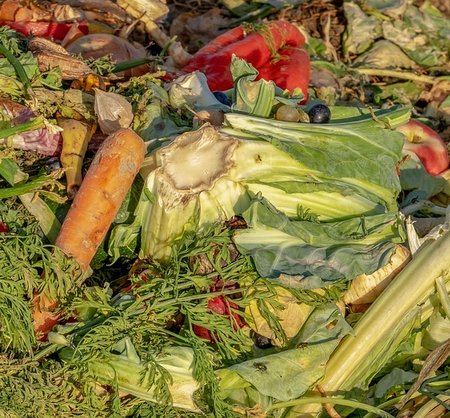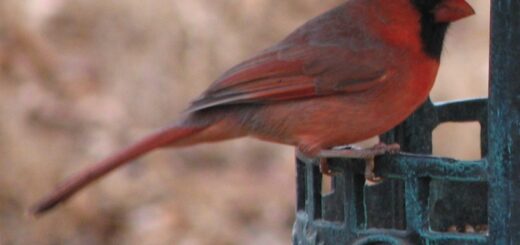Composting

For all but the first few years that I have lived in my house, I have had a composting bin in the back yard. Some years, it’s done better than others, usually based on how careful I am to balance the mix of brown and green materials properly. Just for a reminder for myself and my readers, here’s a breakdown of materials for composting:
Green/Wet:
- Veggie and fruit scraps
- Tea – bags and loose
- Grass clippings (fresh)
- Weeds
- Eggs shells
- Table scraps – no meat, bones or dairy
Brown/Dry:
- Dried leave or grass
- Wood shavings and sawdust
- Coffee grounds and filters
- Twigs
- Pine Needles
- Wood ash (cold only)
- Nuts and shells
- Shredded paper
- Hay
- Dryer lint and fabric scraps
Some Benefits of Composting
The benefits of composting are many as detailed by the U.S. Composting Council. There are many reasons to use compost in the homestead garden. The rich soil that is the result of composting can help prevent soil erosion as it increases the soil’s ability to hold water. It promotes plant growth, providing the nutrients needed for healthy plants. Instead of throwing garbage into a landfill, composting allows those items to breakdown into healthy soil. That’s a win-win.
It’s not just scraps from your table that can go on your compost pile. When you clean up your garden at the end of the season, throw all those dried out plants on the pile> When you finish mowing the lawn, dump the grass on the pile. The list goes on and on.

